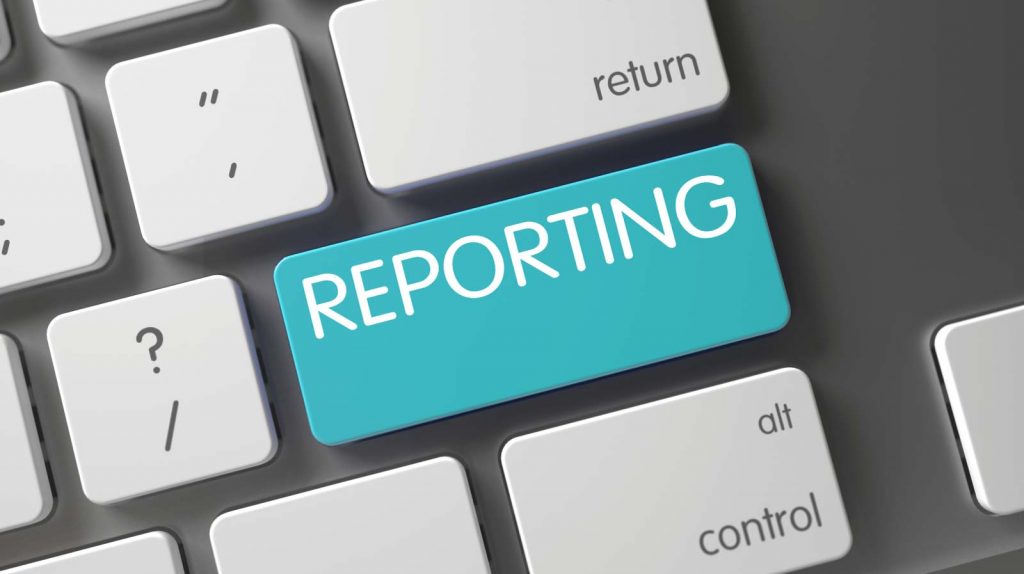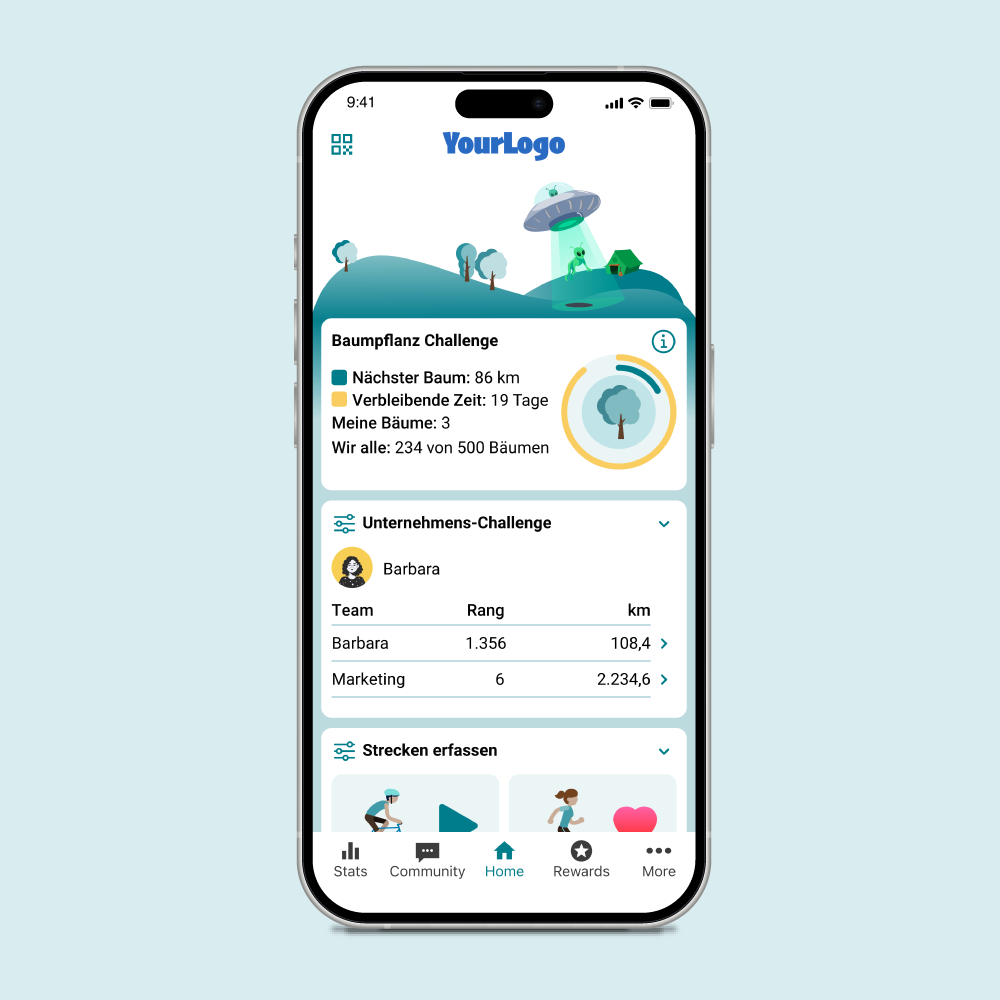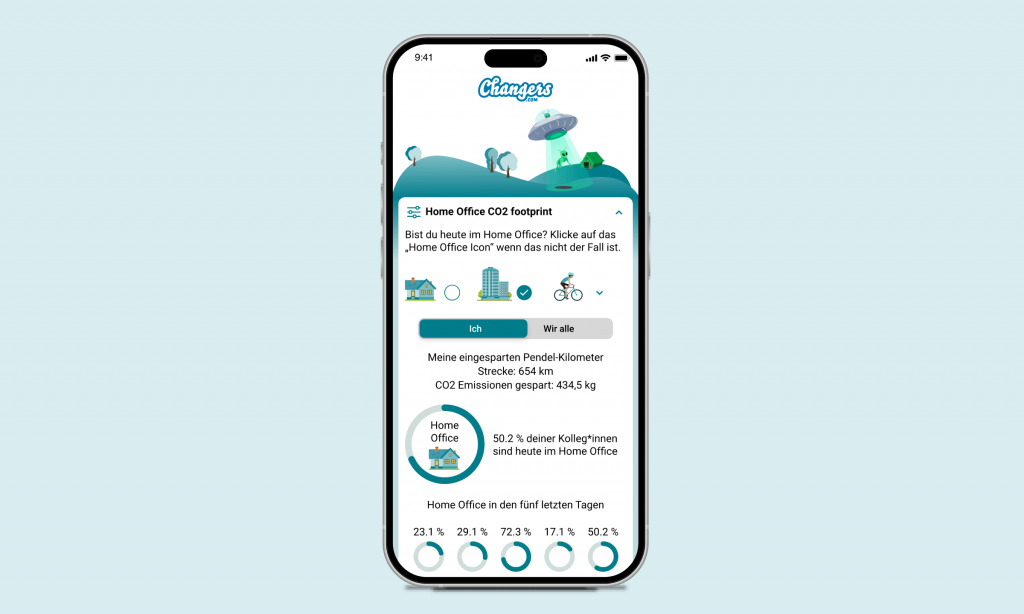
CSRD Sustainability Reporting
As the introduction of CSRD reporting begins, there are several key points entrepreneurs need to be aware of. It will take 2-3 years for the reporting to fully meet the required standards. This transitional period is acknowledged by the EU bodies responsible for CSRD.
What is CSRD? An Introduction
The Corporate Sustainability Reporting Directive (CSRD) is a European Union directive aimed at increasing the transparency, quality, and significance of sustainability reporting by companies. The CSRD replaces the existing Non-Financial Reporting Directive (NFRD) and mandates approximately 50,000 companies across Europe to harmonize their sustainability reporting. It provides a set of guidelines, the European Sustainability Reporting Standards (ESRS), for data collection, evaluation, and disclosure.
Background and Purpose of CSRD
The previous non-financial reporting (NFRD) was the EU’s initial step towards promoting corporate transparency. However, its effectiveness and the quality of reporting were limited: only capital market-oriented companies with more than 500 employees were required to report. In Germany, this affected about 500 large companies. Additionally, reports were not standardized, making comparisons difficult. Companies could choose what and how to report, leading to inconsistencies and incomplete evaluations by analysts and other market participants.
The CSRD aims to address these gaps and inconsistencies. It expands the scope (now including 15,000 companies in Germany), standardizes reporting processes, introduces audit requirements, and utilizes digital formats to enhance the effectiveness of non-financial reporting across the EU. The new directive ensures that all stakeholders, including investors, customers, employees, suppliers, and the general public, have access to comprehensive, reliable, and comparable sustainability reporting.
Key Features of the CSRD

Dialogue is perhaps the most important feature of this updated sustainability reporting. Stakeholder dialogue is not new in reporting – it has always been important to understand the positions and concerns of stakeholders. Now, this dialogue is brought to the forefront, aiming for greater transparency and commitment to strengthen the importance of sustainability.
In Germany, the CSRD applies to all companies with more than 250 employees and a balance sheet total of more than €25 million or net sales of more than €50 million, as well as to listed SMEs. The framework for reporting is in place. The ESRS are established, and in the coming years, specific requirements for various aspects of sustainability will be defined in collaboration with all stakeholders (business associations, trade unions, suppliers, employees).
Unlike the previous NFRD reporting, the CSRD requires a company’s sustainability reporting to be audited by an independent external auditor. This ensures the accuracy and credibility of the reported information. Currently, only certified public accountants are authorized for this task in Germany.
A significant advantage is the now required digital format. CSRD reporting mandates the long-available but previously underused machine-readable European Single Electronic Format (ESEF). This increases transparency and comparability.
What Does the CSRD Aim to Achieve?
The main goals of the CSRD are:
- To increase transparency and consistency in sustainability reporting so that those affected by corporate activities can better understand and assess their impacts (environmental/social).
- To strengthen sustainable business development through responsible corporate governance and integrate it into core business.
- To support the EU in achieving its sustainability goals, particularly within the framework of the “Green Deal” and the 2030 Agenda for Sustainable Development.
What Does My Company Gain from the CSRD?
Implementing the CSRD will be a challenge for many companies, especially since internal systems for data collection need to be adjusted, and training employees in sustainability reporting is as new as the new regulatory requirements. In the long run, however, the CSRD strengthens trust among investors and other key stakeholders and can improve the position in an increasingly larger and more important market: sustainability becomes a competitive advantage.
The CSRD turns sustainability reporting from a voluntary exercise, often not integrated into business operations and reporting, into a central requirement for many large companies in the EU. This offers the opportunity for responsible corporate governance that comprehensively considers both ecological and social aspects and leverages them for core business.
Why is Sustainability Reporting Being Enhanced? And Why Now?
The EU’s “Green Deal” is the largest economic policy project since the Euro. When EU Commission President Ursula von der Leyen declared it a “moonshot project” in 2019, she compared it to the significance of the US moon landing project in the 1960s. The goal of the Green Deal is a consensual, profitable, and future-proof transformation of the economy and industry in the 27 EU states: dependence on fossil fuels is to be broken, and the expansion of renewable energies is a priority.
To achieve this, the EU Commission has developed a series of tools and a process for their implementation. Initially, a “taxonomy” was introduced to assess the area of “sustainable finance” for economic goods and sectors. There were contradictions: France insisted on classifying nuclear power plants as sustainable, and Germany agreed to allow the financing of natural gas and thus fossil energy. Additionally, the concurrently planned “Social Taxonomy” was dropped.
Nevertheless, the taxonomy brings the area of “Sustainable Finance” into corporate reporting and allows new forms, means, and instruments of corporate financing. Sustainable finance requires metrics outside the previous financial reports. The role of “non-financial reporting” grows, and the CSRD enhances sustainability reporting. Twelve standards, including two overarching ones, provide thematic requirements on environmental, social, and governance (ESG) issues. The new details of data collection, the value of investments, e.g., for CO2 reduction, and the greater transparency and consistency improve attractiveness for investors as well as market position. All these steps lead to a future-proof, decarbonized economy – the goal of the “Green Deal.”
Additionally, this objective allows otherwise purely retrospective reporting and data collection to be used prospectively. Even though it is not required, companies can set target horizons to work towards annually through reporting.
Why CSRD? Goals and Significance of the New Sustainability Reporting
Transparency, Comparability, and Reliability
Transparency in reporting increases the trust of all stakeholders and helps companies address social and environmental challenges, ensuring long-term viability. The comparability created by transparency and standards transforms the business world overall: marketplaces emerge that are shaped by the criteria of a more responsible and sustainable society, where companies see themselves as driving parts of this society. The CSRD creates a commitment where the “Green Deal” manifests and stabilizes – allowing the economic power of companies to be socially utilized.
What Does the CSRD Mean for Stakeholders and Investors?
Beyond the transparency described above, which benefits all stakeholders and investors, the precise data and its comparability are particularly interesting for investors. Since this improves companies’ access to capital, competitive advantages arise: where investors and companies benefit, investments in sustainability increase.
The CSRD is Coming: How to Prepare
Implementing CSRD Compliant Reporting Systems and Processes
If you already use extensive software solutions (such as ERP, Enterprise Resource Planning, or HRM, Human Resource Management) in your company, you can use traditional integrated CSR management software for CSRD/ESRS data collection. There are already modular solutions available that you can adapt to your processes.
If you want to implement a platform for your sustainability efforts, you will generally receive more comprehensive data analysis with features like benchmarking and performance tracking.
However, if this topic is new to you, it is advisable to first establish a stakeholder dialogue on sustainability reporting topics – this will help you understand previously unknown requirements of your customers, employees, management, owners, or suppliers. You need the results of this dialogue for your materiality analysis.
How to Implement CSRD Compliant Reporting Processes

How to Implement CSRD Compliant Reporting Processes
Data Collection
The reporting system collects data from various sources inside and outside the company. Almost every department has CSRD-relevant data, often in the form of spreadsheets that need to be uniformly prepared. This is done through direct entries, integrated systems, scanners, or IoT devices.
Data Processing
The collected data is processed and stored early in a format that supports analysis and reporting. The CSRD prescribes the widely used European Single Electronic Format (ESEF) for this purpose. Raw data is converted into standardized ESG data.
Reporting
Whether integrated or standalone, the systems enable the creation of reports that formally comply with CSRD requirements. Depending on complexity, additional analysis tools can be used to identify trends, evaluate performance, and enable comparisons or benchmarking.
Compliance Verification
The system should be able to verify whether the reporting fully complies with all CSRD requirements.
What Do Employees Need to Know?
Sustainability and sustainability reporting are cross-cutting tasks in every company: from the HR department to the warehouse to purchasing and management, everyone is involved in acting responsibly to make our world more livable.
This is why the beginning of data collection within the CSRD starts with stakeholder dialogue. Here, employees (and management) are involved in the sustainability reporting process. They learn about their impact – perhaps not immediately, but over a longer process and through years of sustainability reporting.
Benefits and Impact of CSRD Reporting
Advantages for the Company through CSRD Reporting
If your company is required to report, the CSRD provides more comparability with your competitors. This can improve your company’s market position. It goes beyond “greenwashing” (a superficial positioning that covers up the negative impacts of a business operation) and shows you through reporting where your sustainability activities positively impact your business – and where you may need to improve.
The industrial transition from a fossil-based economy to a decarbonized economy, where renewable energies provide a significant portion of energy, also changes your business. The changing markets are also fed by CSRD information – the mentioned taxonomy is the basis for the financing needed for the transition. CSRD/ESRS reporting opens up advantages in capital acquisition and a growing group of investors.
Impact on Environment, Social, and Corporate Governance
The CSRD is not only a connection to the most important ESG criteria for capital market-oriented companies. If you are required to report, you can address the criteria that are “material” to you – those you reflect in your business activities. This also considers future activities. Regular sustainability reporting is both motivation and a testing ground.
This can include previously externalized costs of environmental protection. Here you account for the impacts of your business activities and establish new, cost-reducing practices. Or you support and document social developments and improvements in your company’s culture. Your corporate governance is also part of the reporting: existing governance structures are presented and reviewed. If necessary, these structures are strengthened.
For all of this, what is “material” is decided by you and your stakeholders – the CSRD is not a “box-ticking” exercise but lives from the acceptance of those involved.
Call to Action
Immediate Action: Conduct a materiality analysis to determine which business-relevant activities should be reported!
Tip: The German Sustainability Code (DNK) is an excellent “first point of contact” for consultation – take advantage of this!
Revise Existing Data Collection: (This applies only to the 500 companies currently required to report and a number of voluntary “sustainability reporters”) and adapt to the priorities of the materiality analysis.
As of 2023, the ESRS include the following main categories and some related indicators:
1. Environmental Indicators:
- Climate Change: Greenhouse gas emissions, energy consumption, use of renewable energy.
- Water and Wastewater: Water consumption, water efficiency, wastewater management.
- Pollution: Emissions to air, water, and soil, waste management, recycling rates.
- Biodiversity and Ecosystems: Impact on biodiversity, land use, conservation measures.
2. Social Indicators:
- Working Conditions: Labor rights and safety standards, working hours, wages, collective bargaining.
- Human Rights: Protection of human rights, prevention of human rights violations, grievance mechanisms.
- Equal Treatment: Measures to promote equality, non-discrimination, diversity in leadership positions.
- Community and Local Engagement: Engagement and impact on local communities, development of local workforce.
3. Governance Indicators:
- Corporate Governance: Structures and practices in corporate governance, ethics and integrity, risk management.
- Anti-Corruption: Measures against corruption and bribery, transparency in political contributions.
- Data Protection and Security: Protection of personal data, information security management.
4. Other Indicators:
- Economic Performance: Financial performance indicators, contribution to economic development in operating regions.
- Product Responsibility: Product safety and health, product lifecycle, information and labeling.
These indicators are designed to help companies systematically report on sustainability aspects to provide stakeholders with comprehensive information about the impacts of their activities. The detailed application of these indicators depends on the specific industry and operational aspects of each company.
How Can Changers Fit Help in Sustainability Reporting?
Changers Fit connects climate protection, health promotion, and social engagement in an app. Instead of restrictions and bans, it focuses on fun and rewards, enjoyment of movement, and the good feeling of achieving something together as a team.
Many actions in the Changers Fit app encourage employees to engage with sustainability topics. Besides various team competitions, the app can also record your company’s home office CO2 footprint. Employees can adjust and monitor their car’s CO2 emissions based on fuel type and individual consumption.

The core idea of the app is to leave the car behind and use alternative transportation like walking, biking, or public transit. This earns coins in the app for saved CO2. The app also offers hundreds of actions related to nutrition, mindfulness, physical activity, sustainability, and workplace safety. Custom measures can be easily integrated into the app, and participation can be incentivized with coins.

On a rewards marketplace, employees can exchange their coins. The marketplace can be customized with individual additions like fitness meals in the cafeteria or exciting raffle prizes like an e-bike. For those who want to prominently communicate their social donation projects or tree planting initiatives as additional dimensions of sustainability, these can be integrated into the app. Employees then have the opportunity to convert their coins into donations. This not only increases the visibility of social engagement but also enhances employee identification with the company.
Do you have questions? Contact us!
We look forward to meeting you and exploring the potential of the Changers Fit app for your company.


